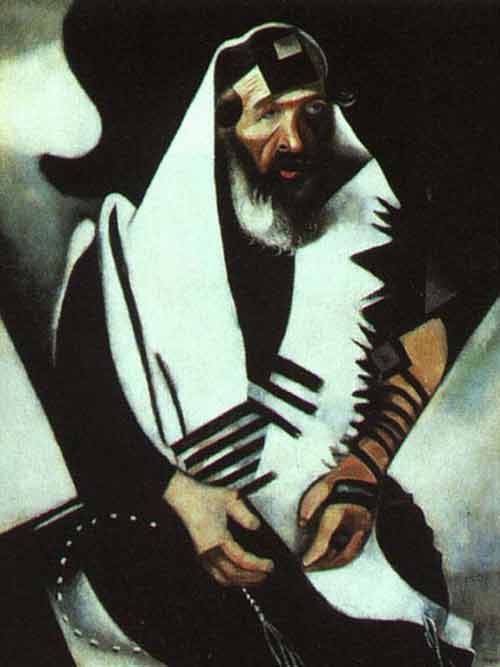Saint Ignatius Loyola (ca. October 23, 1491 – July 31, 1556) teaches a method of prayer in which one starts with the first word of the Lord’s Prayer, mulling over it, meditating on it, approaching it in the sense of lectio divina, resting in God’s presence with it, and then in time moving on to the next word, similarly. We conclude our time set aside for prayer by concluding with the rest of the Lord’s Prayer.
So today, I’m suggesting, we start with “Our”. I will suggest, below, a point or two, but first let me quote St Ignatius:
The Second Method of Prayer is that the person, kneeling or seated, according to the greater disposition in which they find themselves and as more devotion accompanies them, keeping the eyes closed or fixed on one place, without going wandering with them, says “Father”, and is on the consideration of this word as long as they find meanings, comparisons, relish and consolation in considerations pertaining to such word. And let them do in the same way on each word of the Our Father, or of any other prayer which they want to say in this way.
First Rule. The first Rule is that they will be an hour on the whole Our Father in the manner already mentioned. Which finished, they will say a Hail Mary, Creed, Soul of Christ, and Hail, Holy Queen, vocally or mentally, according to the usual way.
Second Rule. The Second Rule is that, should the person who is contemplating the Our Father find in one word, or in two, matter so good to think over, and relish and consolation, let them not care to pass on, although the hour ends on what they find. The hour finished, they will say the rest of the Our Father in the usual way.
Third Rule. The third is that if on one word or two of the Our Father one has lingered for a whole hour, when they will want to come back another day to the prayer, let them say the above-mentioned word, or the two, as they are accustomed; and on the word which immediately follows let them commence to contemplate, according as was said in the second Rule.
First Note. It is to be noted that, the Our Father finished, in one or in many days, the same has to be done with the Hail Mary and then with the other prayers, so that for some time one is always exercising themselves in one of them.
Second Note. The second note is that, the prayer finished, turning, in few words, to the person to whom they have prayed, let them ask for the virtues or graces of which they feel they have most need.
You might have some reflections on “Our” which you could add in the comments below.
Πάτερ ἡμῶν (Pater hêmôn)
ἡμῶν (hêmôn)- our; Genitive case plural of ἐγώ (egô)
Prayer is not simply individual. Even when alone we pray as part of a community, the praying community, the praying community throughout space and time. We pray with Jesus. Jesus and I are praying this together. We pray in Christ, in Christ’s body, having been incorporated, and being incorporated into Christ. Christ prays in us. The Spirit prays in us.
To be continued…
This is the second post on the Lord’s Prayer, the first is Lord, Teach Us to Pray
image: Marc Chagall’s “The Praying Jew” (1923)



